The appetite for these antique pieces is alive and well today.
Antique and vintage chains, mainly in yellow gold, have become popular among collectors, who buy them as fast as they go up for sale on Instagram. These old-school styles, dating from the 1700s through the 1970s, have been inspiring modern designers as well as gaining traction on their own at the retail level.
One retailer that offers a range of chains from various periods is Lang Antique & Estate Jewelry in San Francisco, California. “It’s important to educate your salespeople and your clients about purchasing antique and vintage chains,” says co-owner Suzanne Martinez. When buying modern versions, “many women go to the jewelry districts in their cities or hometowns, where they are taught to ask the weight,” as this usually indicates how much gold is in the piece and thus how much it’s worth. However, “this goes against how you buy certain earlier period chains.”
Georgian chains, which usually come in 18-karat gold and are hard to find in original condition, are most often lightweight, as the makers would craft the links from fine gold sheeting. Even the longest chains — 60 inches — are light as a feather, so weight is irrelevant to their value; it’s their handmade quality, technique, and longevity that render them rare finds.
“If the chain feels too weighty, it usually indicates it is a reproduction,” cautions Martinez, noting that English Victorian chains were lightweight as well. French chains from this period were often heavier, but even with those, she urges buyers to focus primarily on the filigree designs and ornate workmanship.
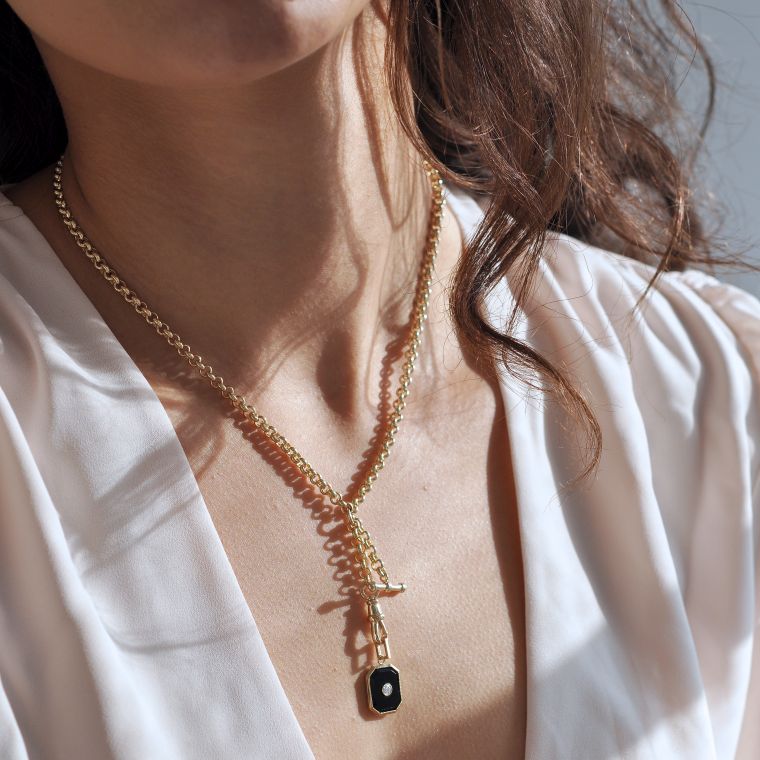
Favorite looks
Lang’s wares include intricate, handmade Georgian chains, Victorian guard chains, and Victorian and Edwardian watch-fob chains long enough to wear around the neck (15 to 17 inches). Fob chains “continue to be the most desirable styles,” Martinez reports, as they can hold multiple charms and medallions.
Diane Richardson of The Gold Hatpin in Oak Park, Illinois, carries watch-fob chains of 13 to 17 inches. “It feels more original and contemporary to mix two shorter fob chains together” for hanging charms, she says. She and her staff tend to pair up similar gold colors and karats, but “also teach customers that it’s okay to combine different-colored golds in one necklace.”
Both stores stock Victorian chains with distinctive link designs like openwork or filigree, double-sided floral styles, and infinity knots, which have a twisted texture. Richardson recommends “finding one locket or a special pendant to work with these more intricate links, or else wearing them alone or layered.” Chains from the 1970s tend to have elongated rectangular or oval links, which can be solid or hollow; clients at both stores prefer solid.
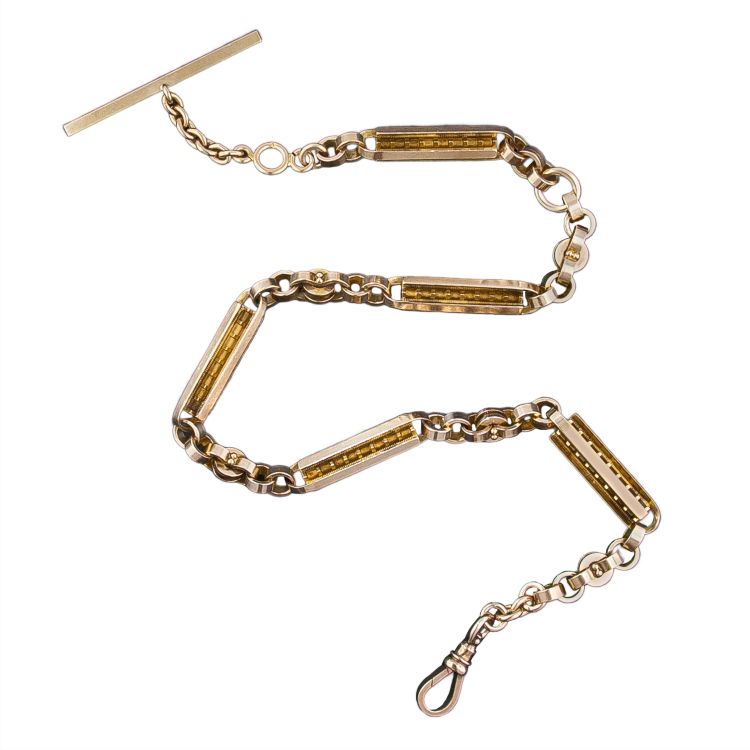
Karat counting
Many Victorian styles are in 9-karat gold (or “9ct” in hallmarks) if they’re from the UK. While people often view these as the “poor stepsisters” of higher-karat chains, Martinez advises explaining to clients that “9-karat is harder and more durable, allowing these chains to last longer and often be found in excellent condition.”
A “10K” or 10-karat gold hallmark means the chain was made either elsewhere in Europe or in the US. These chains also had a bad rap from the 1900s onward, but Richardson urges retailers to revisit buying them, as the price tends to be less prohibitive and they have the same advantages as 9-karat. That said, some clients will still turn up their noses at the lower karats, so it’s good to have a selection of higher-karat alternatives.
Antique and vintage chains offer more appreciation value than their modern counterparts, too. So why not stock up?
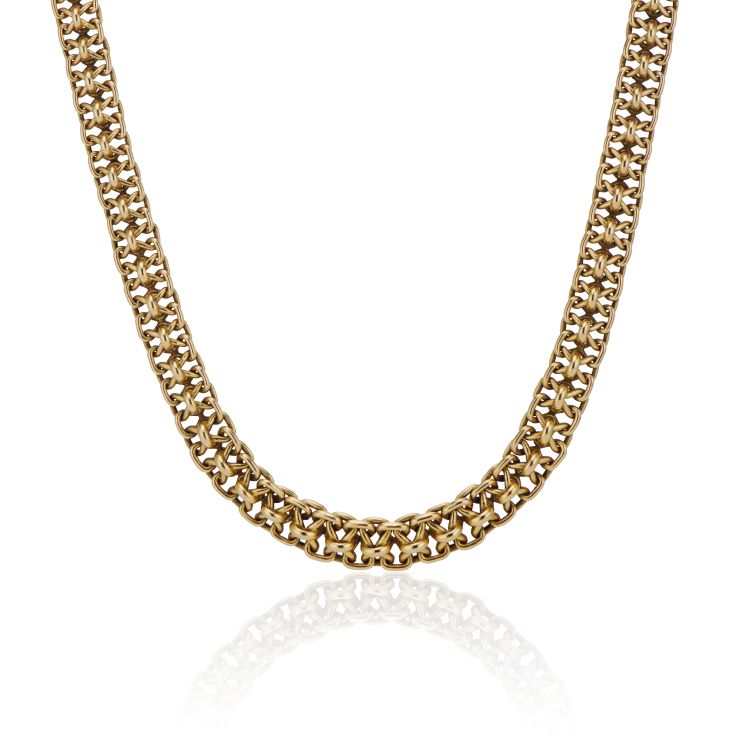
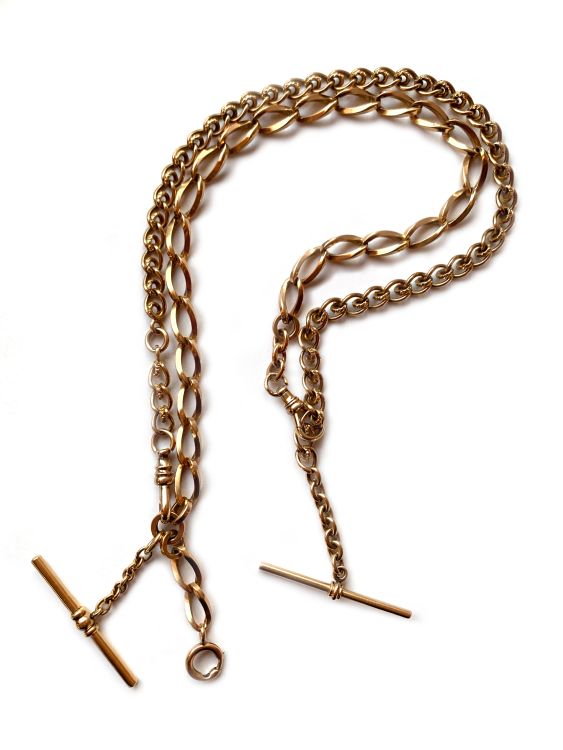
From The Gold Hatpin: two 13inch 14 karat gold watch fob chains connected together. (The Gold Hatpin)
WATCH-FOB CHAINS
Originally designed to hold men’s watches, this style traditionally measured 12 to 13 inches. The real finds are ones as long as 16 or 17 inches for men who were taller or of wider girth. These fob chains were heavier than women’s chains, since they had to hold a pocket watch as well as seals for signing documents. Today, they are sought-after for charm necklaces. The most popular ones feature trombone- and paper-clip-style links or curb chains.
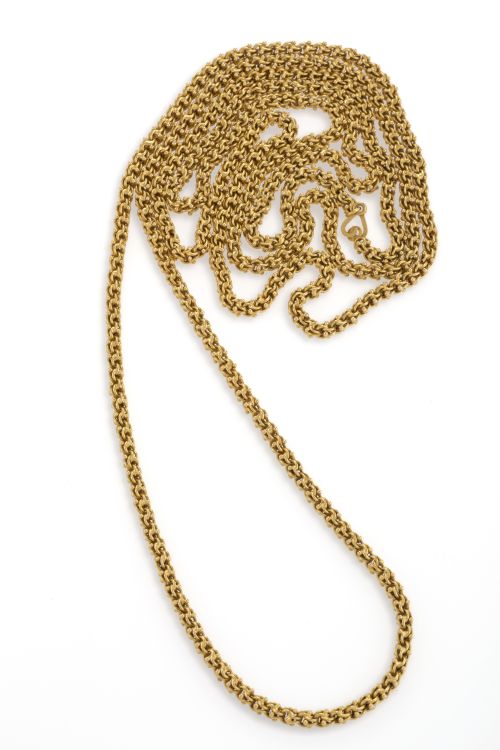
GUARD CHAINS
These appeared during Victorian times, featuring swivel dog clasps or bolt rings from which lockets, watches or padlocks could hang. They were lightweight and sported links in the belcher or rollo style, as well as ones with symbolic motifs. Many of these chains were cut down over time — say, if a family wanted to pass them down to two daughters or get more sales mileage out of the piece. In their original form, they range from 54 to 60 inches.
MUFF CHAINS
This Georgian-era style employed hand-stamped 18-karat gold links that women could string through a fur muff to secure it in place for their hands outdoors. Indoors, they could remove the muff and wear the chain on its own. Different fasteners kept the chain closed; the most charming were shaped like hands, with miniature jewels such as gem-set rings on the fingers. These chains were traditionally 54 to 60 inches long, but they’re hard to find in their original lengths now, as people would break them up into shorter ones.
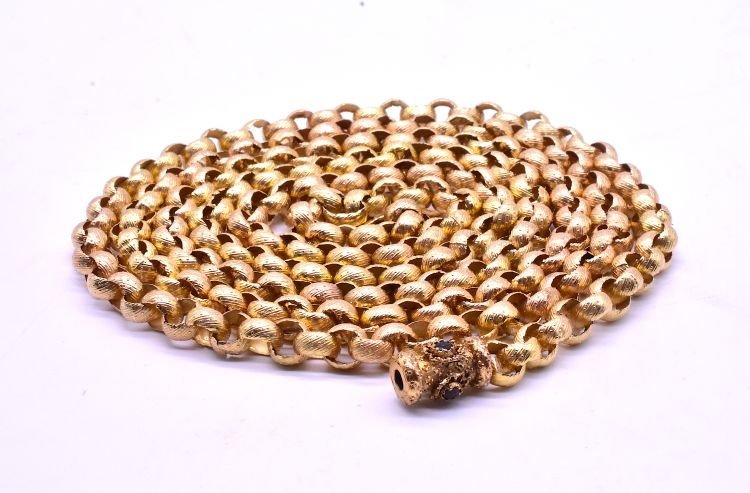
Main image: Antique chain from Fred Leighton. (Fred Leighton)

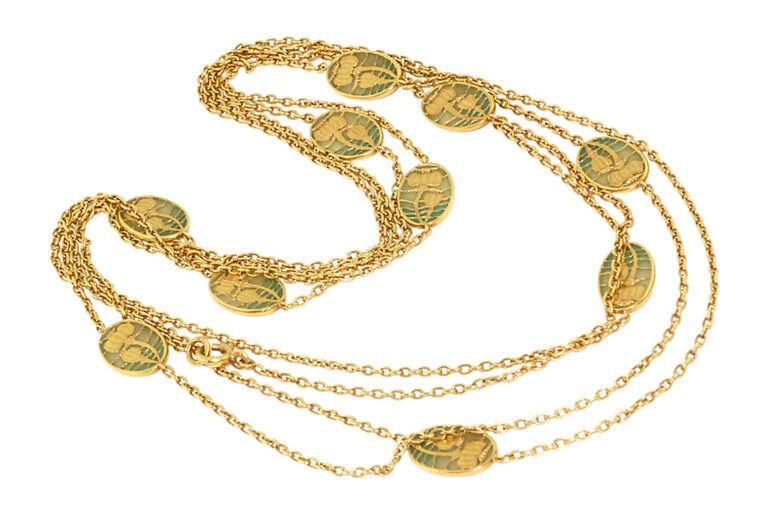
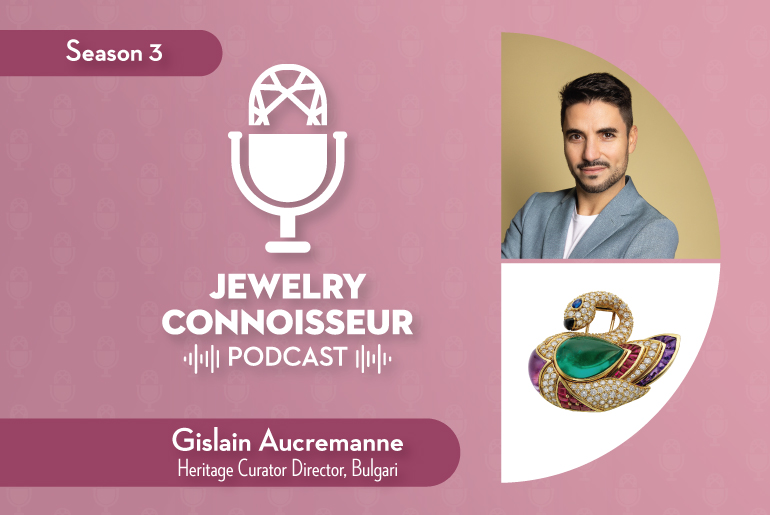
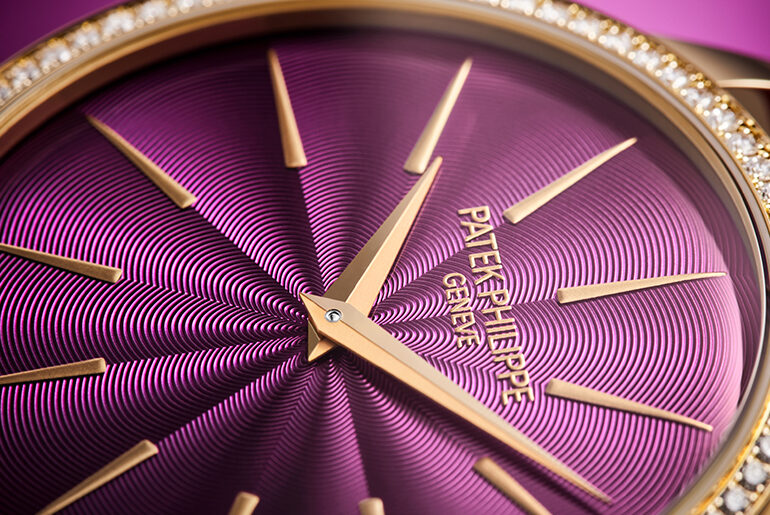
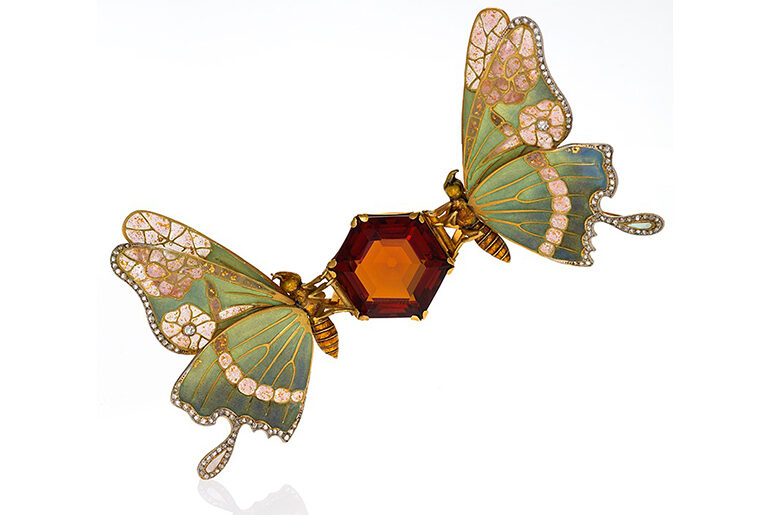
Comments are closed.